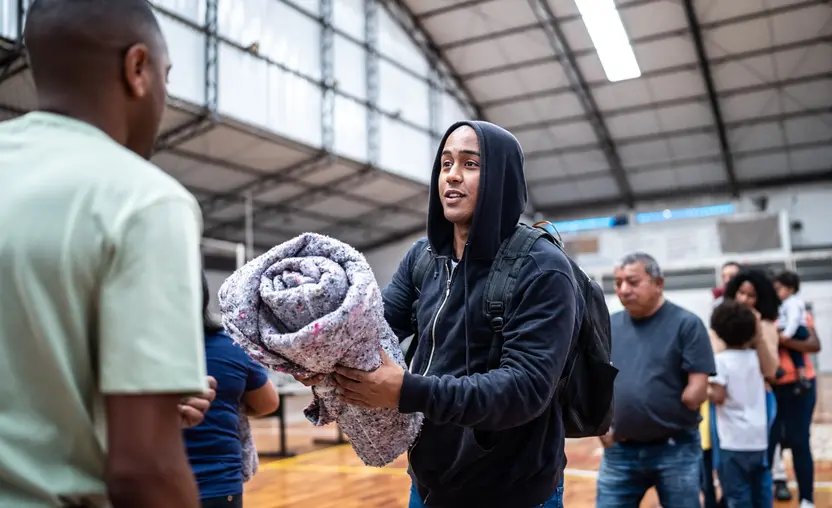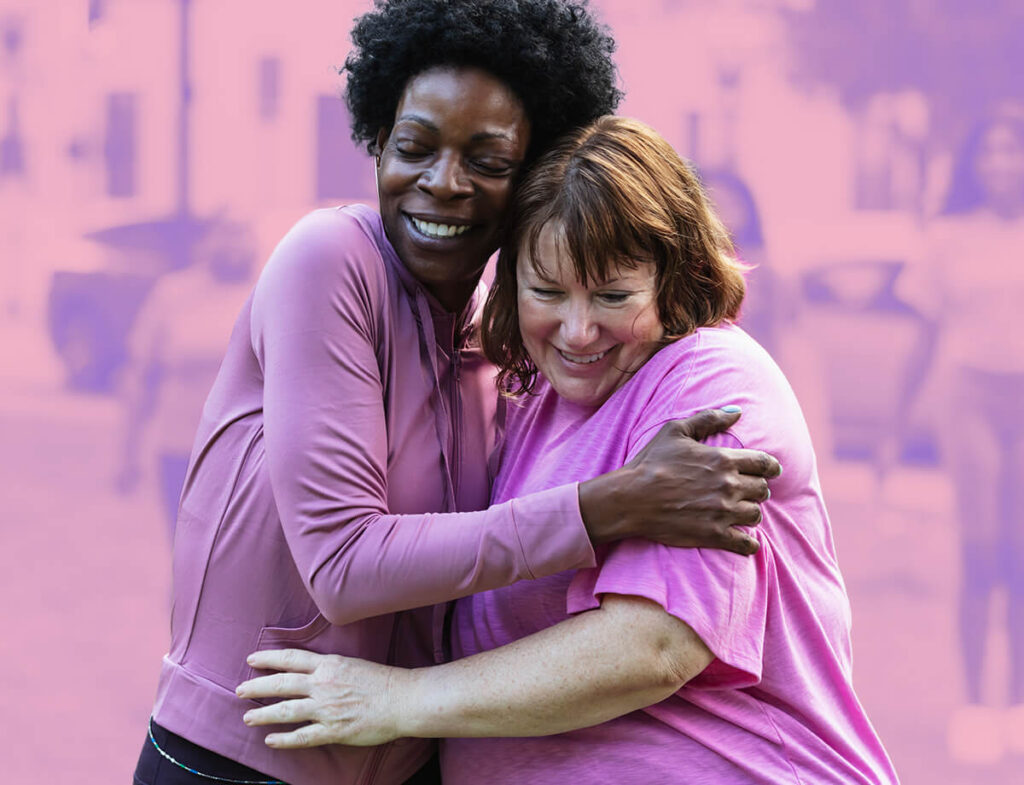For many cities across the United States, solving the homelessness crisis is an ongoing challenge. Local governments, nonprofit organizations, and public agencies are all working together to combat this issue and support those who are experiencing hardships. But what does homelessness really look like today, and how can we continue to combat this problem in the future?
We’ve dissected the U.S. Department of Housing and Urban Development’s 2022 Annual Homelessness Assessment Report (AHAR) to break down key statistics about unhoused people in America.
Recent homelessness statistics
- On a single night in 2022, about 582,500 people in the U.S. experienced homelessness.
- Among these individuals, 60% sought shelter in locations like emergency shelters, safe havens, and transitional housing programs. The remaining 40%, however, resided in unsheltered locations not fit for human habitation.
- People who identify as Black, African American, or African and Indigenous people are overrepresented in the population of individuals experiencing homelessness. While Black individuals make up less than 15% of the total U.S. population, they comprise 37% of people experiencing homelessness.
- In the states of Mississippi, California, Tennessee, Hawaii, and Georgia, more than 70% of the individuals experiencing homelessness resided in unsheltered locations.
- Two states sheltered more than 90% of individuals experiencing homelessness. Vermont sheltered 96% of these individuals and North Dakota sheltered 92%.
- Of all people experiencing unsheltered homelessness, 60% resided in urban areas, and 54% of these individuals were counted in Continuum of Care (CoC) programs that encompass the nation’s 50 largest cities.
- Of those who experienced homelessness, 72% did so in a household with children. On a given night in 2022, over 30,000 “unaccompanied youth” (or those under the age of 25) experienced homelessness on their own.
- Of the people experiencing family homelessness in 2022, 59% were children under the age of 18, 7% were young adults aged 18 to 24, and 34% were adults aged 25 and older.
- In 2022, the number of veterans experiencing homelessness decreased by 4,123 (11%) from the last year. This reflects the steady downward trend in the number of veterans experiencing homelessness since 2009.
- The number of available beds in shelters and safe havens increased by 11% in the two years between 2020 and 2022, reflecting the need for additional space to accommodate social distancing during COVID-19.
- The AHAR reported that 30% of people experiencing homelessness have chronic patterns of homelessness and are much more likely to be unsheltered. This aligns with the trending increase in these numbers from 2016 to 2022.
Are you a part of a homeless service organization?
These numbers can be staggering, but they show a path to progress through the many great organizations working to end and prevent future homelessness. Bonterra Apricot offers case management software solutions tailored for homeless service organizations and agencies receiving funding that requires the use of a Homeless Management Information System (HMIS). This solution will help you meet the necessary regulatory requirements to secure the funding your organization depends on. Bonterra Apricot is a cloud-based data management software that houses your organization’s data all in one place. This includes advanced reporting, client data, predictive models, and more. See how Bonterra Case Management can help you reduce homelessness in your community today. Connect with our team now to schedule a demo.
Ready to Get Started?




